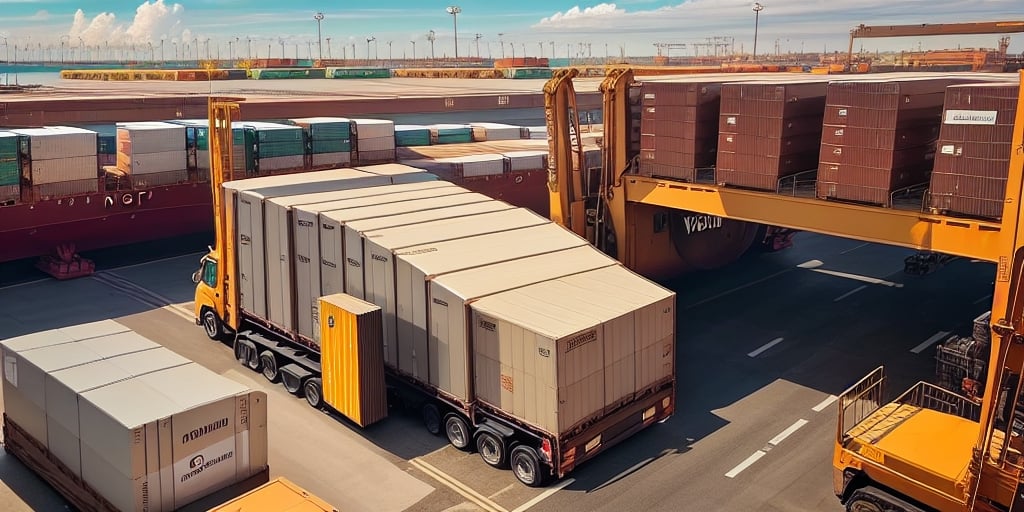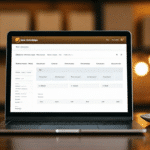How to View and Manage Your Shipment History in UPS Worldship
If you are a frequent user of UPS Worldship, accessing your shipment history is essential for reviewing past deliveries, analyzing shipping trends, and exporting data for record-keeping purposes. UPS Worldship offers a user-friendly interface for navigating shipment records and customizing your viewing experience. This comprehensive guide will walk you through viewing your shipment history in UPS Worldship, including accessing, sorting, exporting, and analyzing your records.
Navigating the UPS Worldship Interface
Understanding the UPS Worldship Dashboard
When you log in to UPS Worldship, you are greeted by a dashboard featuring various tabs and options to manage your shipping operations effectively. Familiarizing yourself with the dashboard layout is crucial for efficient navigation.
To access your shipment history, click on the Shipment History tab located on the top menu bar or use the keyboard shortcut Ctrl + 4 to quickly navigate to the shipment history screen.
The dashboard also includes a search bar that allows you to locate specific shipments or orders by entering the tracking or order number. Simply type the number into the search bar and click Search to retrieve the relevant information.
Additionally, the Reports tab provides access to various analytics tools that help track shipping performance and identify areas for improvement.
Accessing and Managing Your Shipment Records
Viewing Your Shipment History
The Shipment History tab displays a comprehensive list of all your past shipments, organized by date and time. Each shipment entry includes details such as shipper and receiver addresses, delivery status, weight, and package dimensions. Click on the "+" icon beside each shipment to view additional information.
You can filter shipments by criteria such as date range, shipment type, and delivery status to quickly locate specific shipments and monitor their progress.
Exporting Your Shipment Data
UPS Worldship allows you to export your shipment history in multiple formats including CSV, Excel, and PDF. To export your data:
- Click on the Export button located at the top-right corner of the shipment history screen.
- Select your preferred format and specify the date range or other filters as needed.
Note that the export feature is available for users with a premium subscription. Upgrading your account can unlock additional features and capabilities.
Sorting and Filtering Your Shipment Data
Effective Sorting Techniques
Organize your shipment data by clicking on column headers such as Date, Destination, or Status. For example, clicking the Receiver City column header will sort shipments by destination city. Click the same header again to reverse the sort order.
Advanced Filtering Options
Use the filter options on the left-hand side to refine your search results based on specific criteria like shipment status or weight. Combining multiple filters can help you narrow down your search for more precise results. For international shipments, additional filters like customs clearance status or destination country may be available.
Analyzing Shipping Trends and Performance
Identifying Shipping Patterns
Reviewing your shipment history helps identify trends such as peak shipping periods, popular destinations, and common shipping delays. Analyzing these patterns allows you to adjust your operations for better efficiency and cost-effectiveness.
According to a 2023 report by UPS, businesses that regularly analyze shipping data can reduce shipping costs by up to 15% while improving delivery times.
Tracking and Managing Shipping Expenses
Use UPS Worldship’s reporting tools to monitor your shipping expenses over time. Identifying areas of overspending enables you to make informed adjustments to your shipping strategy. You can set budget goals and track your progress using the platform’s built-in analytics features.
Troubleshooting Common Issues with Shipment History
Encountering issues while accessing or viewing your shipment history can disrupt your workflow. Here are some common solutions:
- Ensure a stable internet connection and verify you’re logged into the correct account.
- Clear your browser cache or update to the latest browser version.
- Check your computer’s firewall settings, as firewalls may block access to UPS Worldship.
- If problems persist, contact UPS Worldship customer support for assistance.
Providing detailed information, such as error messages and screenshots, can expedite the support process.
Integrating UPS Worldship with Other Systems
Streamline your shipping operations by integrating UPS Worldship with other software solutions like ERPs, CRMs, and e-commerce platforms. UPS Worldship offers API integrations that facilitate automatic import and export of shipment data, enhancing operational efficiency.
Refer to the UPS Worldship Developer Kit for more information on available integrations and how to set them up.
Managing Large Volumes of Shipment Data
Handling a high volume of shipments requires efficient data management strategies in UPS Worldship. Consider the following tips:
- Utilize the search and sort functions to quickly find specific shipments.
- Create custom templates and reports tailored to your data analysis needs.
- Leverage batch shipping capabilities to process multiple shipments simultaneously.
Customizing Your Shipment History View
Personalize your shipment history view by adjusting column widths, font sizes, and color schemes. You can also add or remove columns based on your preferences. Save your customized view as a template to maintain consistency in your workflow.
Making Informed Business Decisions with UPS Worldship Data
Leverage your UPS Worldship shipment data to make strategic business decisions. By analyzing shipping trends, monitoring expenses, and optimizing operational processes, you can enhance your shipping efficiency and reduce costs.
Staying Updated with UPS Worldship Enhancements
Keep up with the latest updates and features in UPS Worldship by subscribing to UPS’s email updates, regularly visiting their official website, or contacting customer support. Staying informed ensures you maximize the platform's capabilities and keep your shipping operations running smoothly.




















